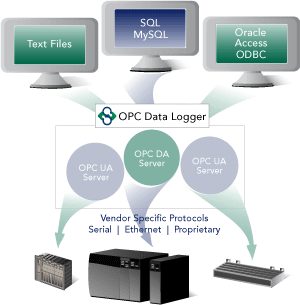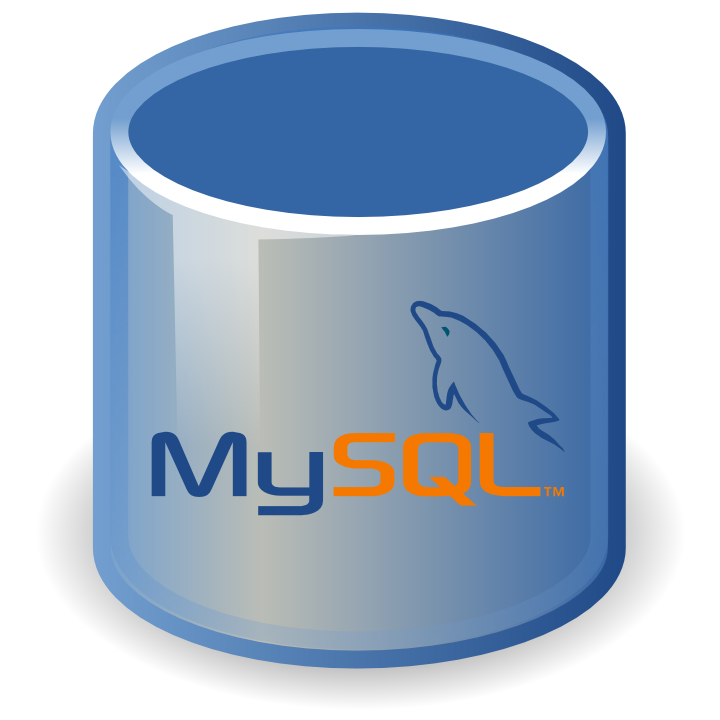The use of certificates in cryptographic applications and online communication protocols is nothing new and can practically be traced all the way back to the 1970's when the "framework" for public key encryption (more on this in a future blog) came into being. With the (now-not-so-recent) Industry 4.0 movement coming out of Europe, and the design and operation changes brought about by the IIoT phenomenon, we are seeing more and more systems – that have traditionally been air-gapped and kept offline – being brought online to take advantage of the digital revolution in which we find ourselves.
Despite how you feel about this (r)evolution there are several exciting changes that are being brought about, including the one I want to discuss is the increased adoption of OPC Unified Architecture (OPC UA) in automation systems.
In this first post in our ongoing Exploring OPC UA blog series, we will look at what OPC UA Certificates are and what they provide and subsequent posts will further explore how they are used in OPC UA, how they fit into the security ‘stack’ of OPC UA and will then look at how OPC UA Certificates are utilized and managed in several Software Toolbox applications. First thing’s first however; what are OPC UA Certificates and what are they used for?










